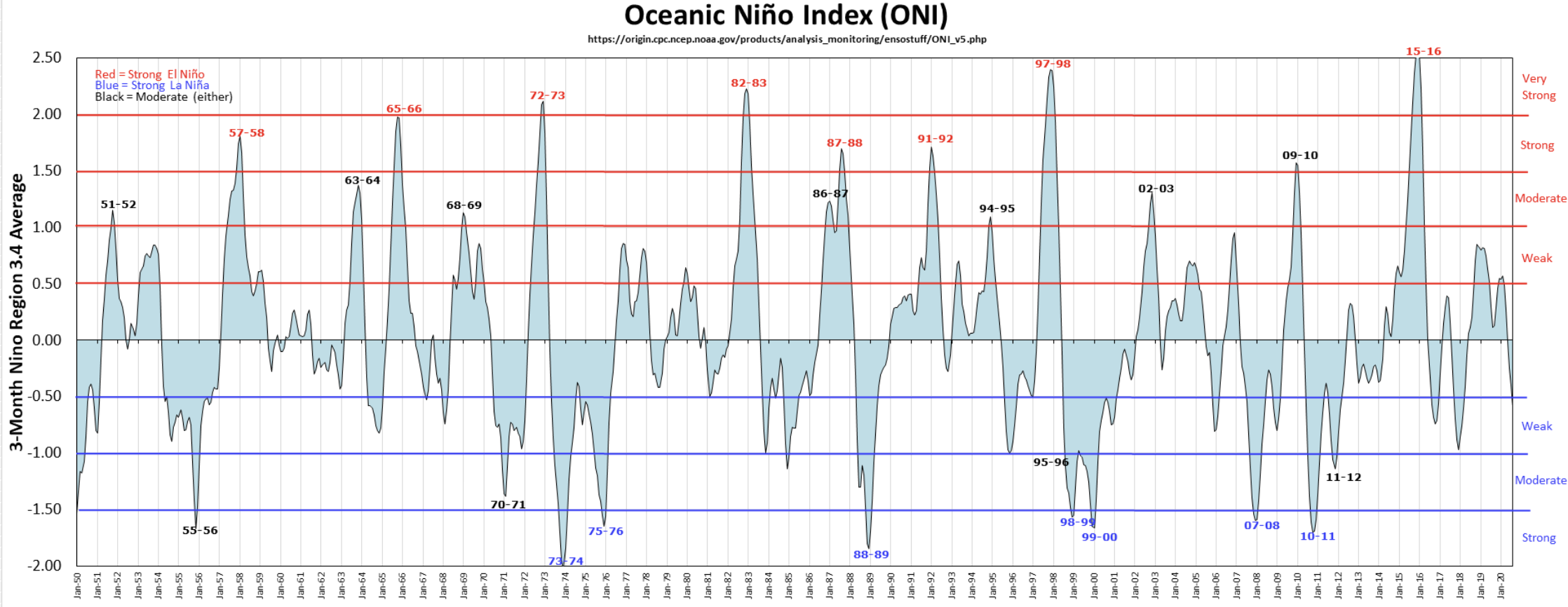According to the World Meteorological Organization (WMO), La Niña is back in the central and eastern equatorial Pacific Ocean, after nearly a decade’s absence.
This is expected to result in sea surface temperatures between two and three degrees Celsius cooler than average, said Dr. Maxx Dilley, Deputy Director in charge of Climate Services Department at WMO.
“These coolings of these large ocean areas have a significant effect on the circulation of the atmosphere that’s flowing over them. And the changes in the atmosphere in turn affect precipitation patterns around the world.”
Uneven effects
The likely results of La Niña vary around the globe, but indications are that the Horn of Africa will see below average rainfall, as will Central Asia.
Elsewhere, WMO’s weather models forecast above-average rainfall for Southeast Asia, some Pacific Islands and the northern region of South America.
The UN agency also warned that East Africa is forecast to see drier than usual conditions, which together with the existing impacts of the desert locust invasion, may add to regional food insecurity.
WMO says that there is a 90 per cent chance of tropical Pacific sea surface temperatures remaining at La Niña levels for the remainder of the year, and a 55 per cent chance that this will continue through March next year.
This is important because La Niña contributes to temperatures, rainfall and storm patterns in many parts of the world.




